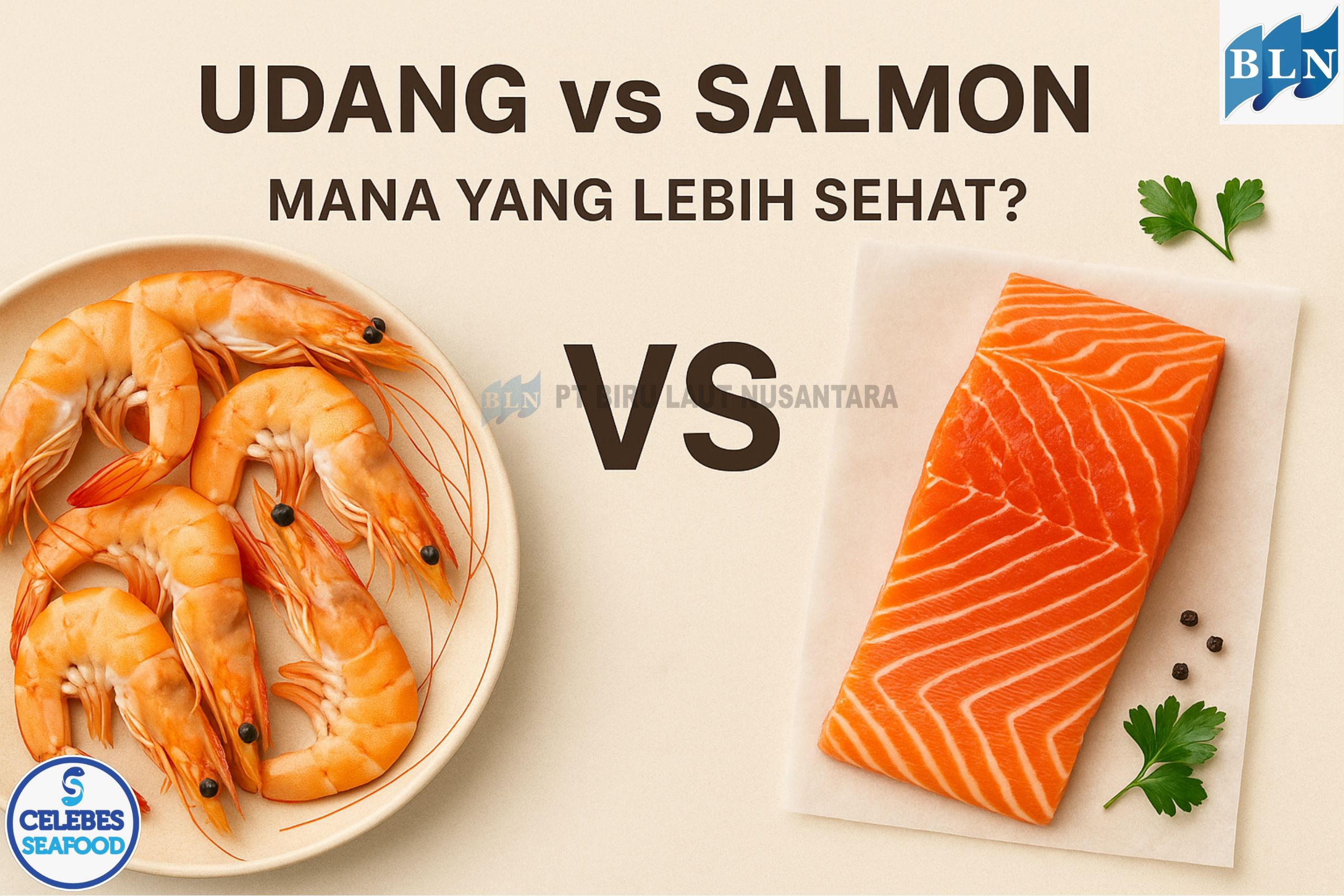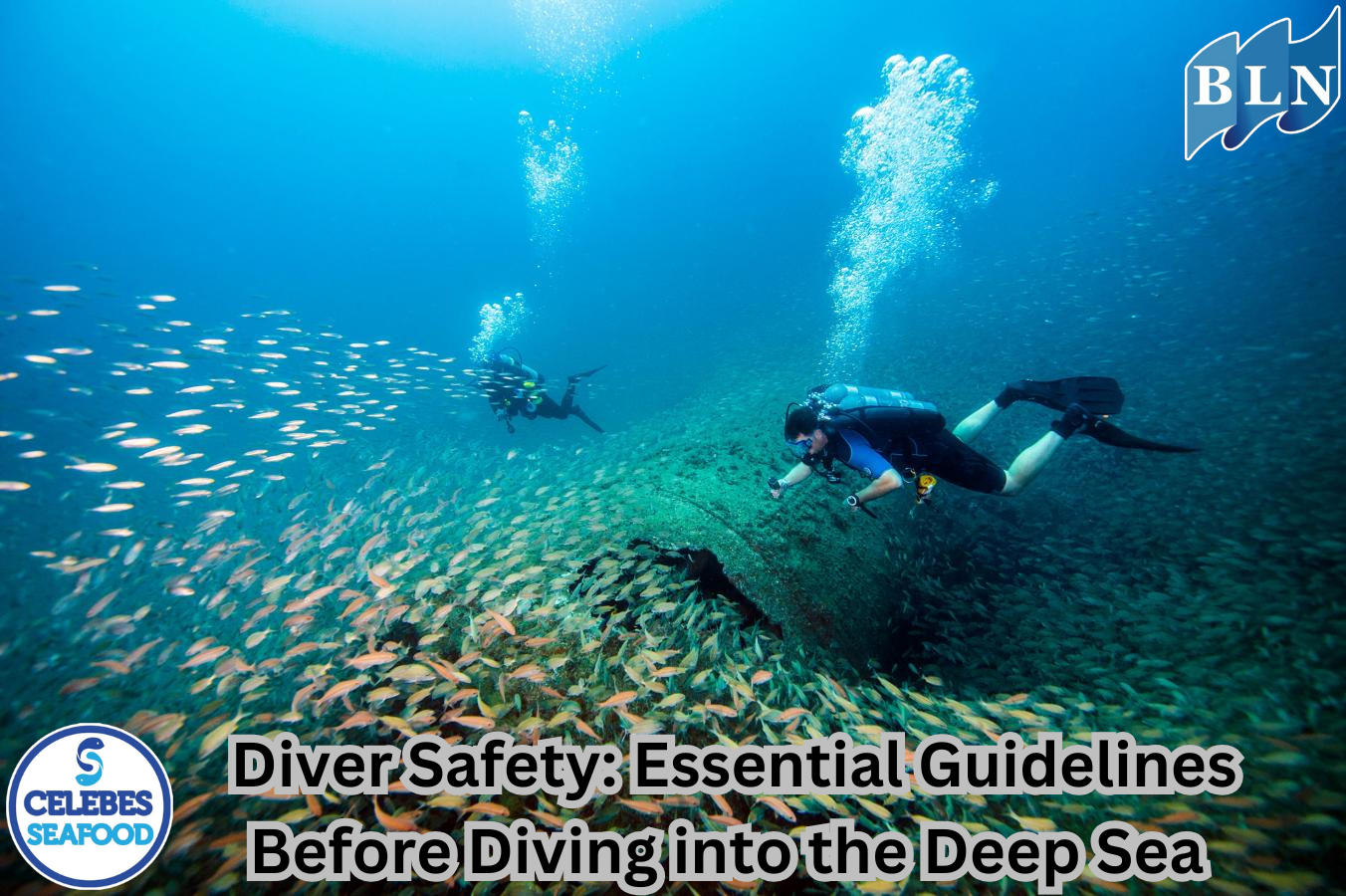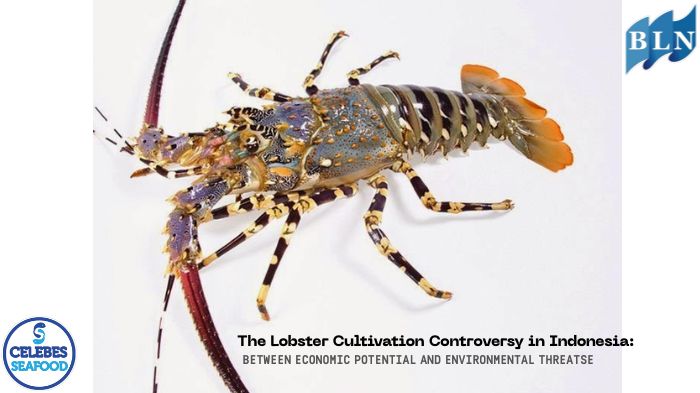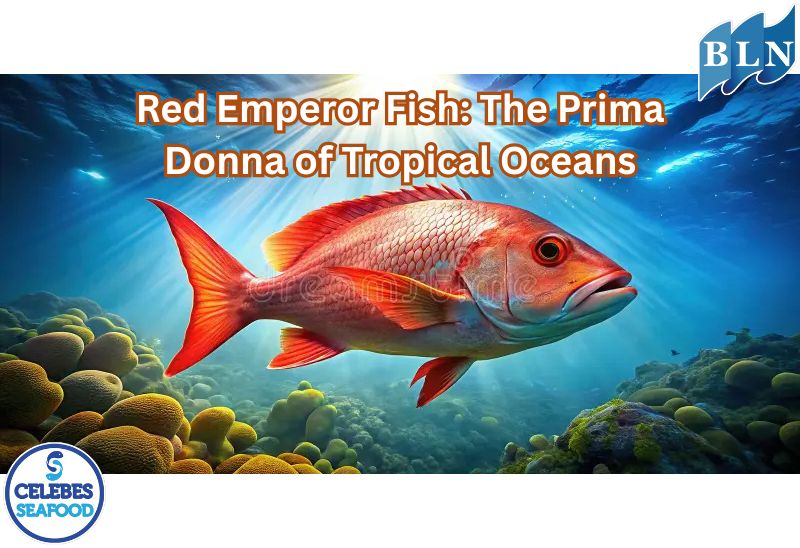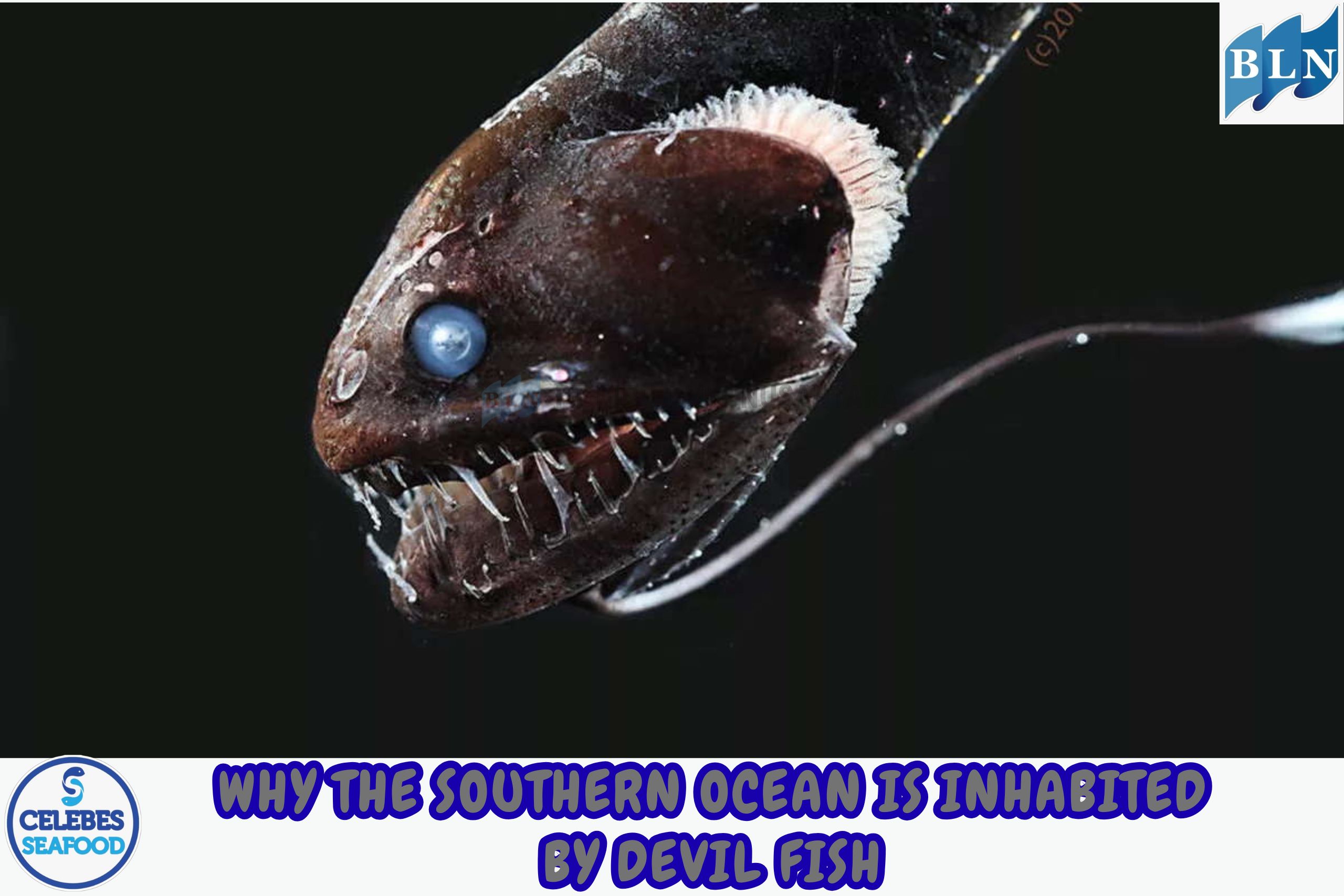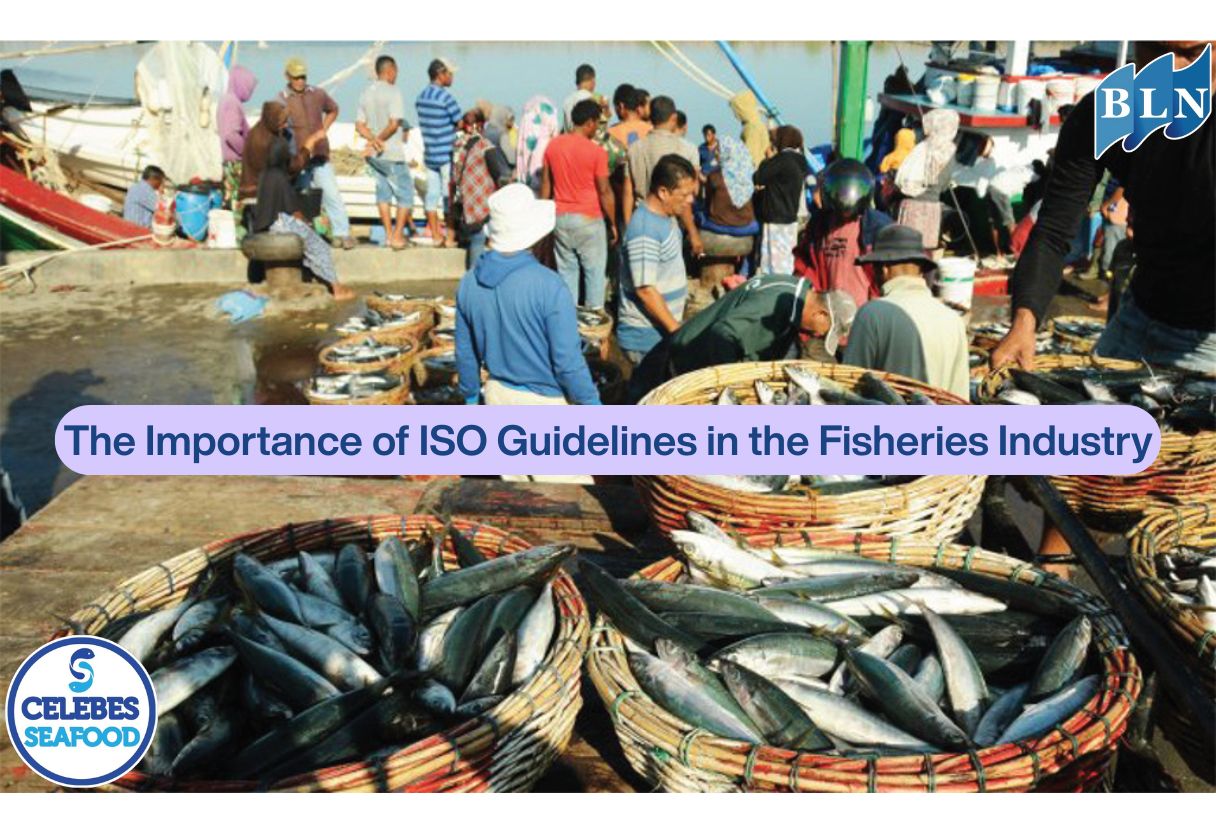Reproductive and Migration Patterns of Pelagic Fish in the Sulawesi Sea
By. Azizah - 19 May 2025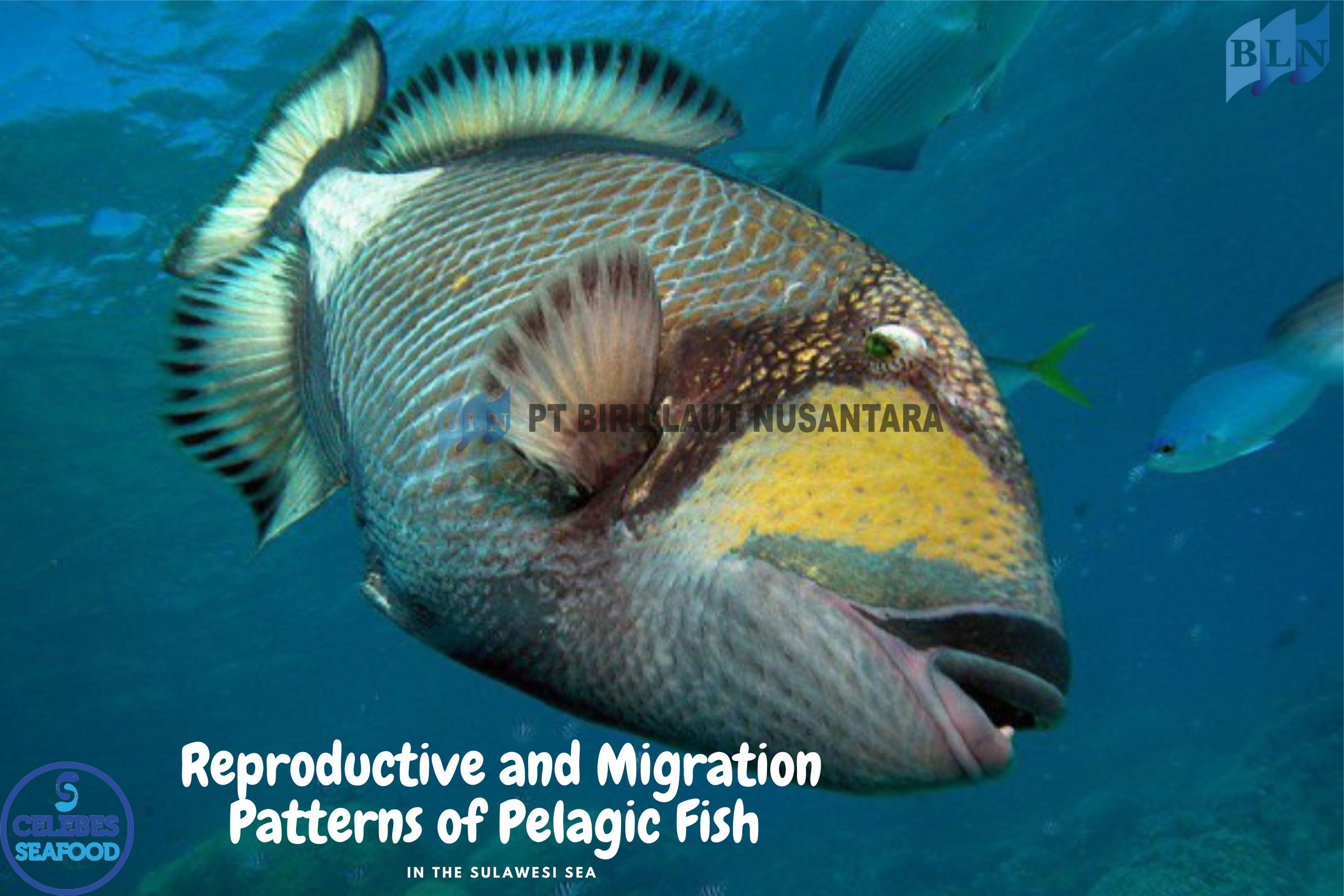
lautnusantara.comThe Sulawesi Sea is a vital marine area in Indonesia, serving as a primary habitat for various pelagic fish species. This article examines the reproductive and migratory patterns of pelagic fish in the Sulawesi Sea to better understand population dynamics and support sustainable fisheries management. The study integrates secondary data from oceanographic research, fisheries surveys, and biological observations on key species such as skipjack tuna (Euthynnus affinis), Indian mackerel (Rastrelliger spp.), and Bali sardine (Sardinella lemuru). The analysis reveals that reproductive patterns are heavily influenced by environmental factors such as temperature, salinity, and seasonal ocean currents. Meanwhile, migration patterns are closely tied to food availability and spawning grounds located along various coastal zones. Understanding the life cycle and movement of pelagic fish is essential in designing adaptive and conservative fishing policies.
Introduction
Pelagic fish live in the upper layers of the open sea and play a critical role in the marine food chain. In the Sulawesi Sea, pelagic fish are the backbone of local capture fisheries. Understanding their reproductive and migratory patterns is fundamental to sustainable resource management.
Characteristics of Pelagic Fish in the Sulawesi Sea
Species such as skipjack tuna, mackerel, and sardines are abundant in the Sulawesi Sea. These fish are characterized by their high mobility and long-distance swimming capabilities. They respond to ocean currents and temperature changes to migrate for feeding and spawning.
Reproductive Patterns
Pelagic fish in the Sulawesi Sea tend to reproduce seasonally. Spawning generally occurs at the beginning and end of the rainy season when environmental conditions favor egg and larval development. Female fish may release thousands to millions of eggs per season. Some species, like sardines, are serial spawners, capable of spawning multiple times in one season.
Migration Patterns
Migration is driven by both environmental and biotic factors such as currents, temperature, food availability, and predation pressure. Typically, pelagic fish migrate from spawning grounds to nursery areas and then to fishing grounds. In the Sulawesi Sea, annual migrations are closely associated with seasonal current changes and primary productivity.
Implications for Fisheries Management
A thorough understanding of reproductive and migratory cycles is essential to develop ecosystem-based management strategies. Seasonal fishing closures during spawning periods, the establishment of marine protected areas (MPAs), and gear regulation are crucial steps to ensure the sustainability of pelagic fish stocks.
If you are interested in our Coral Trout Fillet Skin On, CORAL TROUT WGG WHOLE GILLED GUTTED, TOMATO COD WHOLE GILLED GUTTED please do not hesitate to contact us through email and/or whatsapp.
